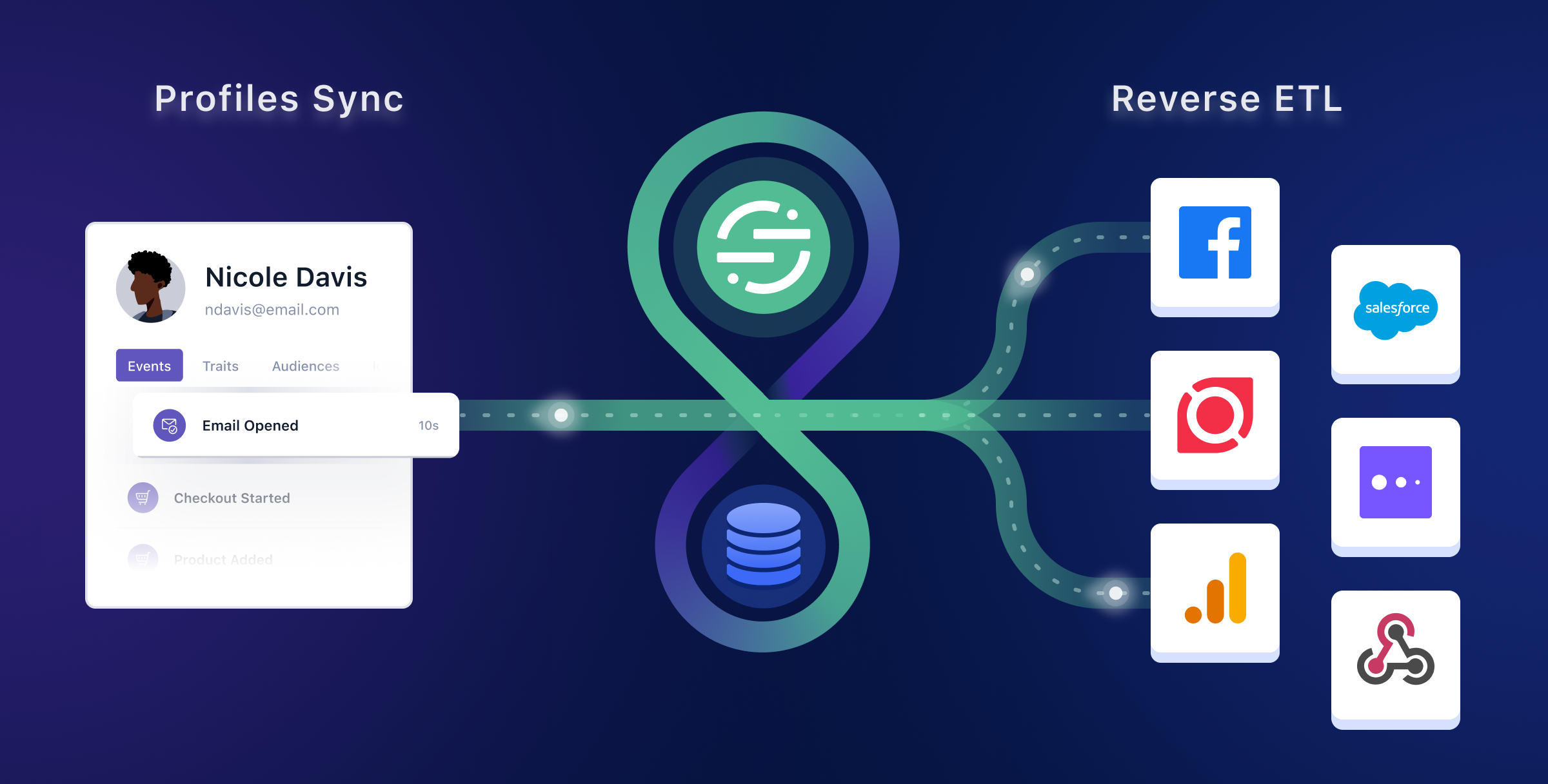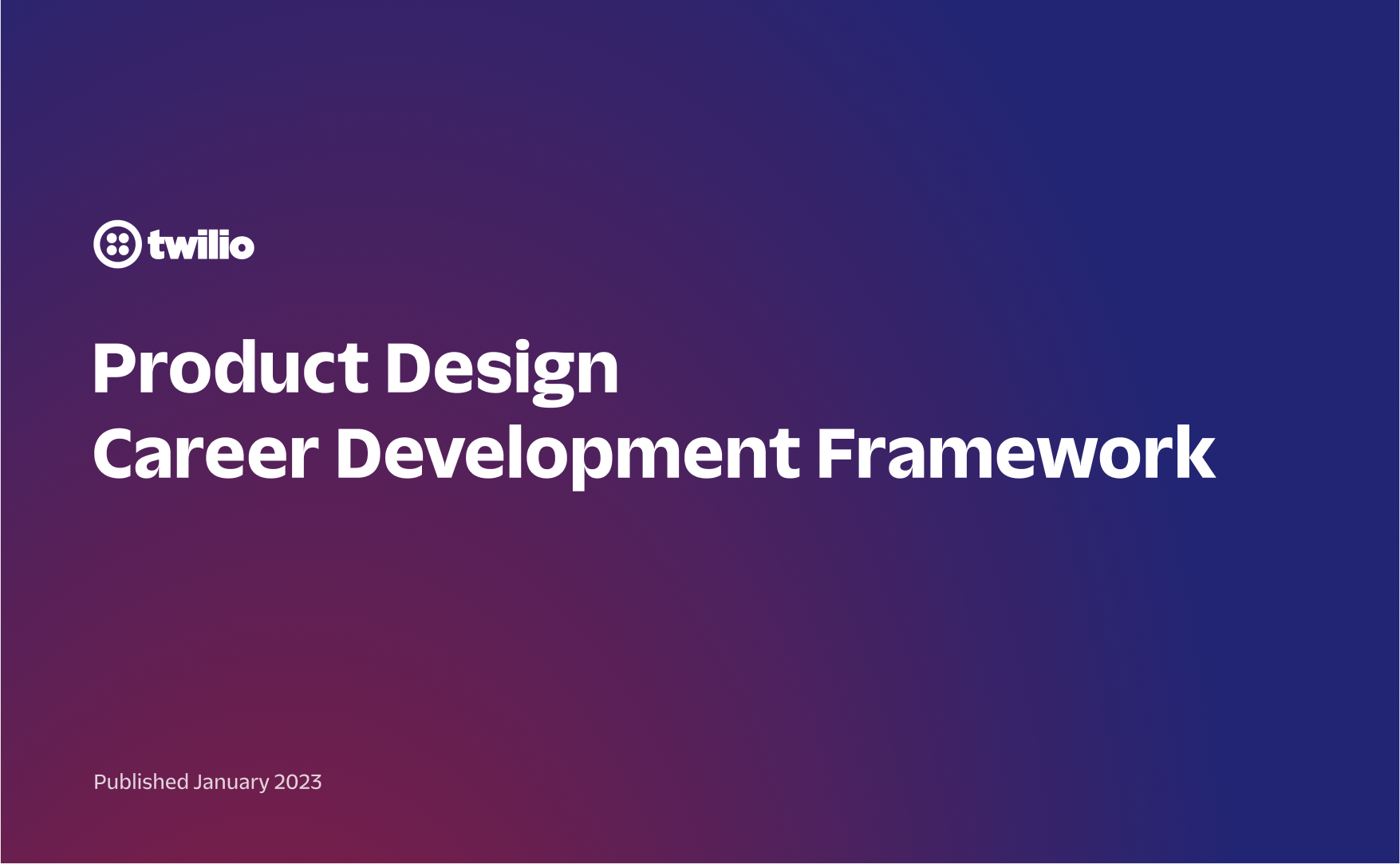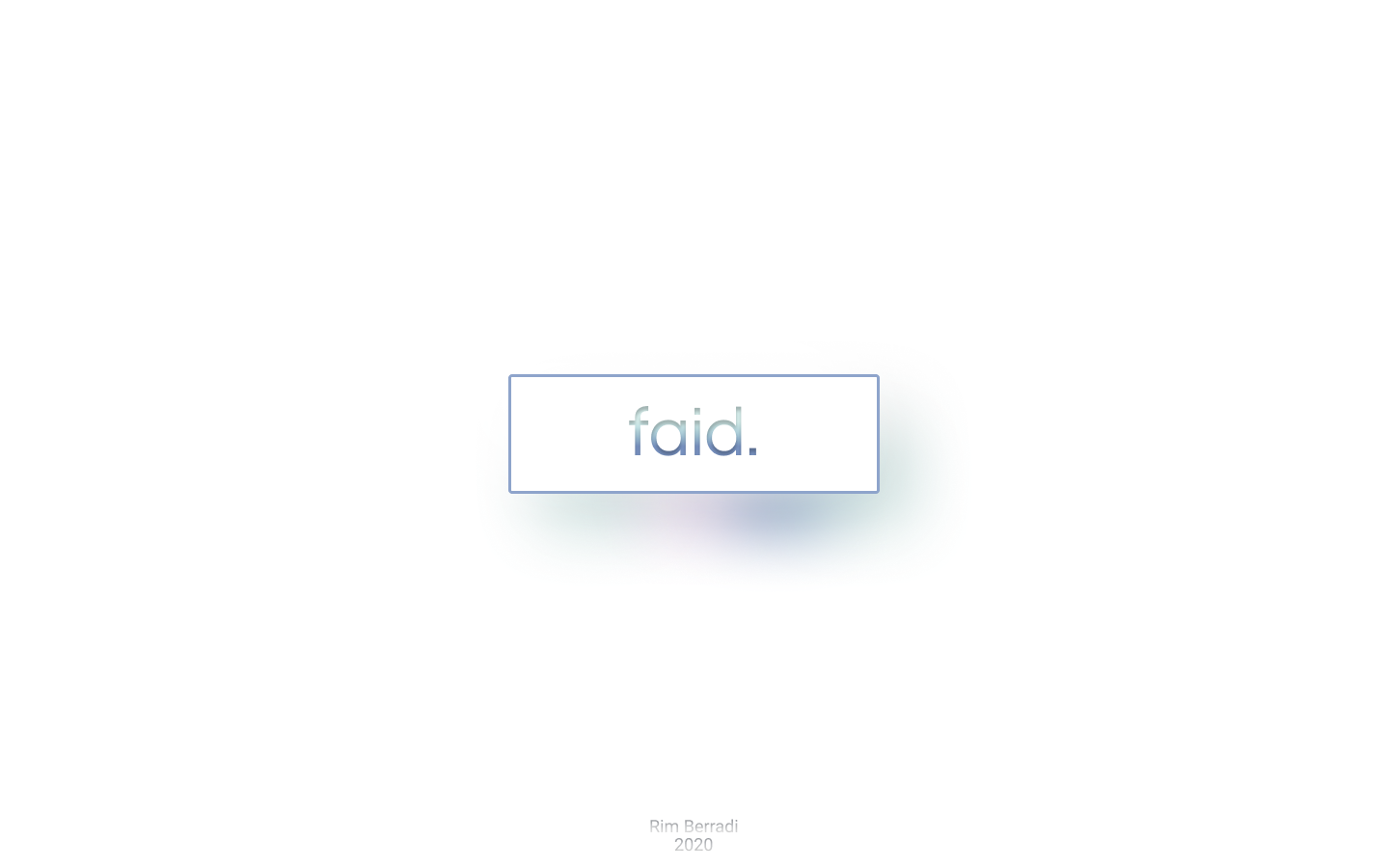UX/ UI/ information design
Career Development Framework for Design Teams Following the Merger with Twilio Segment
After merging with Twilio Segment, a design firm found it necessary to update their existing career development framework to align with the new company's policies and culture. The current framework was an overwhelming text document that did not take into account the new company's structure, roles, and responsibilities, leading to confusion among the design team.
Figma
Google Docs
Tools
Timeline
4 Months
Design Manager
Content Design Manager
Staff Designer
My Role
UI design
Information design
Team
The current career development framework was an overwhelming text document that was difficult to navigate and understand. The merger with Twilio Segment created a need for the design firm to integrate the new company's policies and culture into the existing framework.
The Challenge
The design firm created a cross-functional team of HR, UX designers, and leaders to update the career development framework for each design department. The team's first step was to convert the existing text document into a visually pleasing and easy-to-navigate PDF tool.
The team then reviewed the new company's policies and culture to identify the skills and competencies required for each role. They conducted interviews with employees and managers to understand their career aspirations and incorporated them into the updated framework.
The Solution
The updated career development framework was divided into three sections:
Career Levels: The framework defined the different career levels within each design department and provided a clear description of the skills and responsibilities required to progress to the next level.
Skills and Competencies: This section outlined the essential skills and competencies required to succeed in each career level. The team used a mix of visuals and text to illustrate the key competencies.
Development Plan: This section provided a clear development plan for each designer, including a list of training programs, workshops, and other learning opportunities to help them acquire the necessary skills and competencies to progress in their careers.
The Findings
The newly updated career development framework was a huge success. The previous text document was transformed into a visually pleasing and easy-to-navigate PDF tool, making it more user-friendly and accessible for the design team.
The updated framework provided a clear development plan for each designer, which helped them focus on their professional goals and gave them the tools to achieve those goals. The updated policies and culture also made the framework more relevant and motivating for the design team.
The updated framework helped the company retain and attract top talent by investing in career growth opportunities for its designers.
The Results
Final Design
Updating an overwhelming text document into a visually pleasing and easy-to-navigate PDF tool is critical for any design department looking to align with the new company's policies and culture. By providing a clear development plan and investing in career growth opportunities, the company can help its designers focus on their career goals and achieve them. The updated framework also helps the company retain and attract top talent by investing in career growth opportunities for its designers.
The Summary
work





